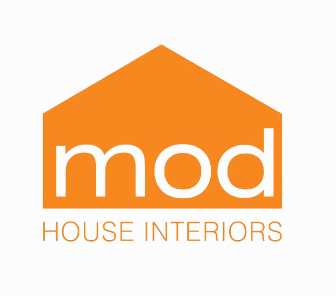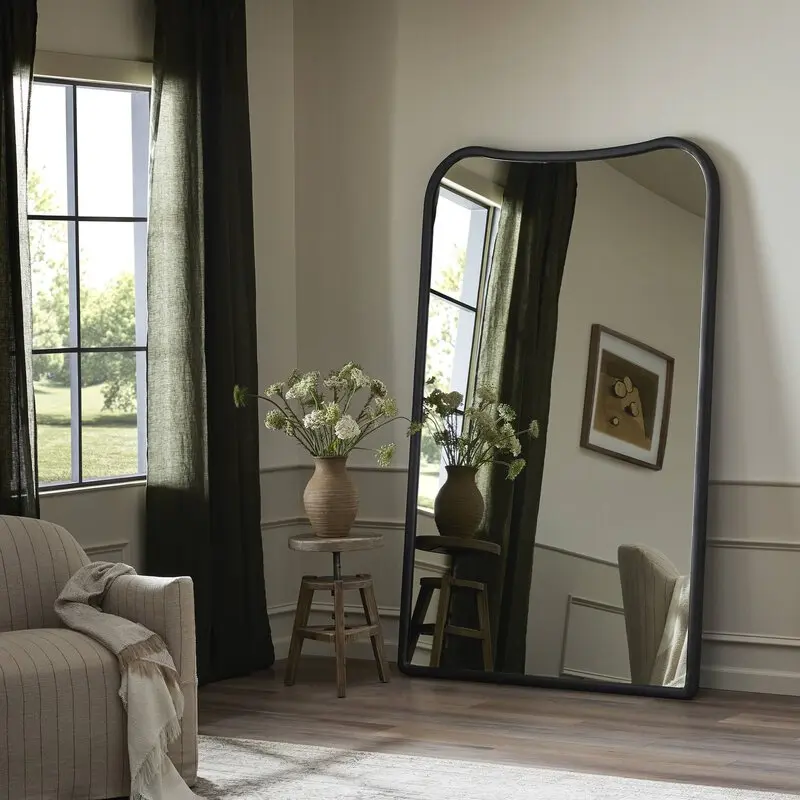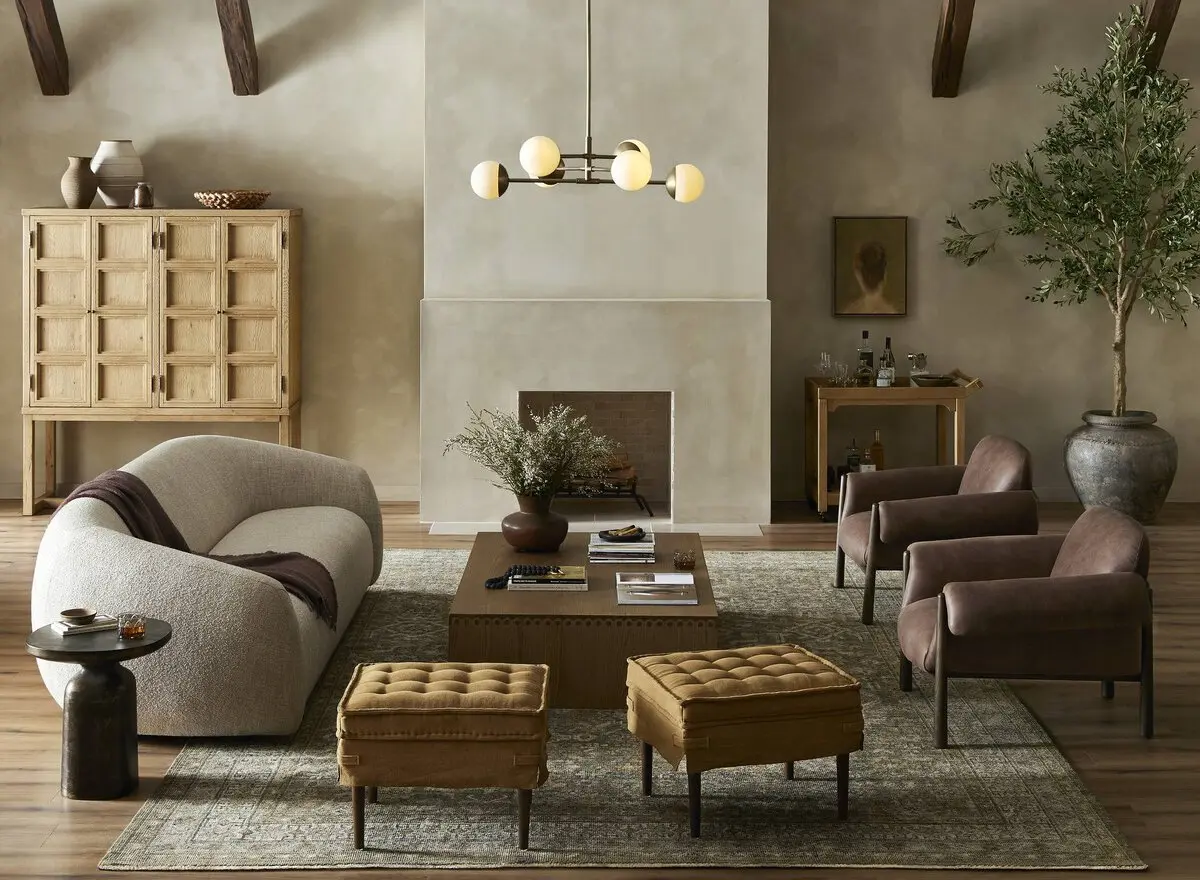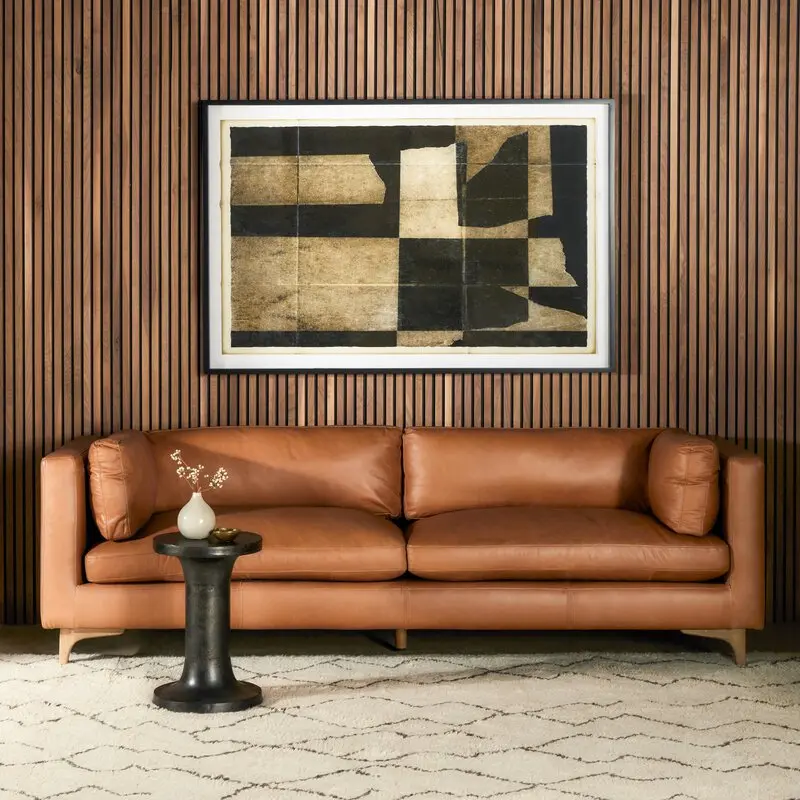Understanding the concept of a focal point in interior design
When designing a room, having a focal point is crucial. A focal point is an area that immediately draws your eyes when you enter the room. It serves as the center of attention and sets the tone for the entire space. Here are a few reasons why understanding and creating a dominant focal point in interior design is important:
- A focal point creates a visual anchor in the room, giving it a sense of balance and harmony.
- It helps to showcase the room’s best features and highlights its unique characteristics.
- By directing attention to a specific area, a focal point can make a room feel more inviting and engaging.
- It allows you to express your personal style and creativity, making the room more visually appealing and memorable.
Remember, a well-designed focal point can transform a room and make it more visually appealing and cohesive.
Importance of creating a dominant focal point in a room
Having a dominant focal point in a room is crucial as it instantly grabs attention and sets the tone for the space. It creates a visual anchor that can tie the room together and make it more appealing to the eye. A strong focal point can also serve as a conversation starter and give the room a sense of balance and harmony. Remember, the focal point doesn’t have to be big or expensive; it just needs to be the most striking element in the room.
How a focal point enhances the aesthetics of a space
A focal point in a room is essential for enhancing the overall look and feel of the space. It draws attention and creates a visual anchor that ties the room together. By creating a dominant focal point, you can instantly elevate the aesthetics of the room and make it more visually appealing. It provides a sense of balance and harmony to the space, making it more inviting and engaging for anyone who enters. The focal point can be anything from a statement piece of furniture to a striking piece of art or a unique architectural feature that immediately attracts the eye. It serves as the centerpiece of the room and sets the tone for the rest of the decor.
Different elements that can serve as focal points
Some elements that can serve as focal points in a room are large pieces of furniture, like a striking sofa or a unique coffee table. Another option is a piece of art that catches the eye, such as a bold painting or a sculpture. Architectural features like a fireplace or a grand window can also create a strong focal point. In addition, using a vibrant accent wall or a statement lighting fixture can draw attention and create visual interest in the room. Remember, a dominant focal point can enhance the overall design and atmosphere of a space.
Choosing the right location for the focal point
Choosing the right location for the focal point is crucial in creating a visually appealing room. Placing the focal point in a strategic spot can draw attention and enhance the overall aesthetics of the space. To achieve this, consider the room’s layout, natural light sources, and the function of the space. Ensure the focal point is easily visible upon entering the room to make a strong impact. Remember, a well-placed focal point can transform the look and feel of the room.
Balancing multiple focal points in a room
When designing a room, it’s crucial to achieve a balance between multiple focal points. Having too many focal points can make a room feel chaotic and overwhelming. To create harmony in your space, consider these tips:
- Choose one primary focal point: Select a main feature in the room that you want to draw attention to, such as a fireplace, artwork, or a statement piece of furniture.
- Supporting focal points: Complement the primary focal point with secondary focal points that enhance the overall aesthetic without competing for attention.
- Visual hierarchy: Arrange furniture and decorations in a way that guides the viewer’s eye towards the main focal point first, then gradually to the supporting elements.
- Consistency in style: Ensure that all focal points in the room share a cohesive style and color palette to maintain a visual flow throughout the space.
By balancing and coordinating multiple focal points in a room, you can create a cohesive and visually pleasing environment that feels harmonious and well-designed.
Incorporating colors and textures in the focal point
Choosing the right colors and textures for the focal point in a room can make a big impact. Bold colors can draw attention and add personality, while textures can create depth and visual interest. By combining these elements effectively, you can create a focal point that stands out and enhances the overall feel of the room.
Tips for maintaining a well-balanced focal point in your room
Having a strong focal point in a room can bring balance and harmony to the space. Here are some simple tips to help you maintain a well-balanced focal point in your room:
- Choose one dominant element in the room to focus on, such as a large piece of furniture or a striking piece of artwork.
- Ensure that the focal point is easily visible from all angles in the room.
- Avoid cluttering the space around the focal point with too many distracting elements.
- Use lighting to enhance the focal point and draw attention to it.
- Remember that the focal point should reflect your personal style and taste to create a cohesive look in the room.





